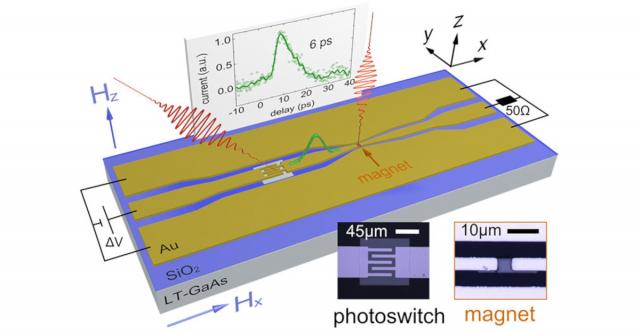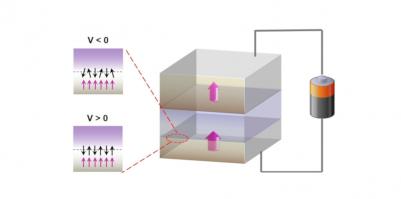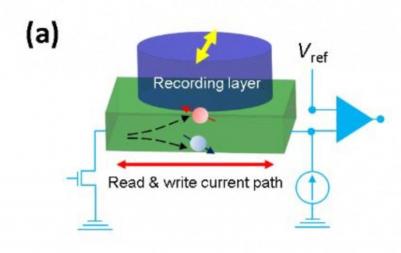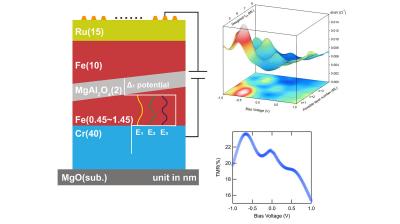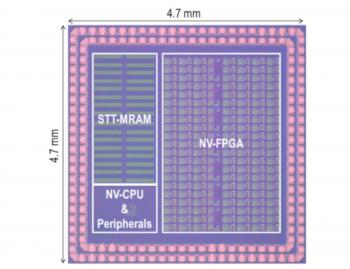New material opens new opportunities for future spintronics-based magnetic memory devices
Researchers from Seoul National University, Pohang University of Science and Technology, Korea Atomic Energy Research Institute and the Center for Quantum Materials in Korea have designed a prototype of a non-volatile magnetic memory device entirely based on a nanometer-thin layered material, which can be tuned with a tiny current. This finding opens up a new window of opportunities for future energy-efficient magnetic memories based on spintronics.
The choice of magnetic material and device architecture depends on the fact that non-volatile memory technologies have to guarantee safe storage, but also reliable reading and writing access. Hard magnets are perfect for long-term memory storage, because they magnetize very strongly and are difficult to demagnetize. On the contrary, soft magnets are desirable for adding new information to the memory device, because their magnetization can be easily reversed during the writing process. Put simply, ideal magnetic materials can be kept at a hard magnetic state to ensure the stability of the stored information, but be soft on demand.
